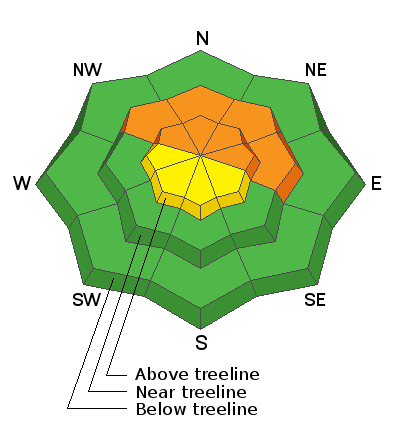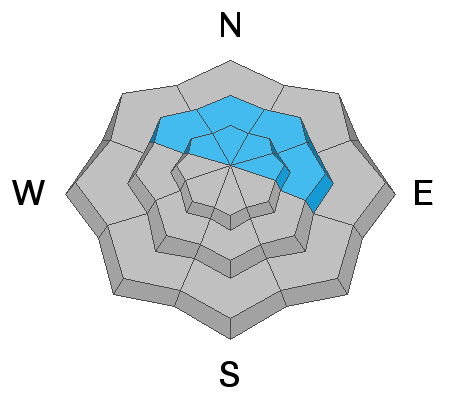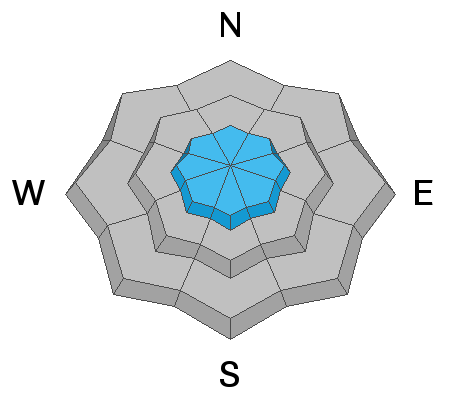Forecast for the Moab Area Mountains

Issued by Eric Trenbeath on
Monday morning, January 4, 2021
Monday morning, January 4, 2021
The avalanche danger remains CONSIDERABLE on steep, northerly facing slopes at mid and upper elevations. In these areas, slabs have formed on top of layers of weak, sugary, faceted snow. This persistent weak layer problem will be with us for the foreseeable future and though overall low coverage makes it difficult to access these areas, steep, northerly facing slopes should be avoided. There is an isolated or MODERATE avalanche danger on steep slopes at upper elevations that have recent deposits of wind drifted snow. Most other terrain has generally LOW danger.

Low
Moderate
Considerable
High
Extreme
Learn how to read the forecast here








